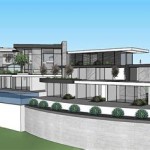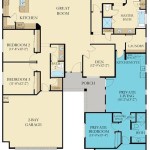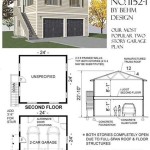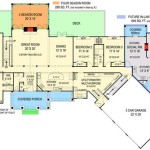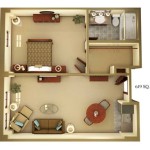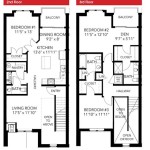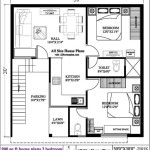House Plans For Mountain Homes
Mountain homes are often sought after for their stunning views, fresh air, and peaceful surroundings. When designing a mountain home, it is important to consider the unique challenges and opportunities that come with building in a mountainous environment. In this article, we will explore some key considerations for house plans for mountain homes, including:
Unique Considerations for Mountain Home Design
Terrain: Mountainous terrain can present challenges for construction, including steep slopes, uneven ground, and limited access to building materials. House plans should be designed to accommodate the specific characteristics of the site, such as incorporating retaining walls, terraces, and winding driveways.
Climate: Mountain climates can vary greatly depending on altitude and location. House plans should consider the local climate conditions, including temperature variations, precipitation, and wind exposure. Insulation, heating systems, and roofing materials should be chosen accordingly.
Views: One of the main attractions of mountain homes is the stunning views they offer. House plans should be designed to maximize views of the surrounding mountains, valleys, and forests. Large windows, balconies, and outdoor living spaces can help bring the outdoors in.
Popular Styles for Mountain Homes
There are many popular architectural styles for mountain homes, each with its unique characteristics:
- Rustic: Rustic mountain homes feature natural materials such as wood, stone, and timber. They often have open floor plans, cozy fireplaces, and large windows that showcase the surrounding scenery.
- Modern: Modern mountain homes incorporate sleek lines, open spaces, and floor-to-ceiling windows. They often use materials such as glass, steel, and concrete to create a contemporary aesthetic.
- Craftsman: Craftsman-style mountain homes are characterized by their exposed beams, stonework, and large porches. They often have a cozy and inviting atmosphere.
Planning Considerations for Mountain Homes
When planning a mountain home, it is important to consider the following factors:
- Site Selection: The location of your mountain home will have a major impact on its design. Consider factors such as views, sun exposure, access to utilities, and the availability of building materials.
- Floor Plan: The floor plan should be designed to maximize views, natural light, and energy efficiency. Open floor plans can create a spacious and inviting atmosphere, while balconies and patios can provide outdoor living space.
- Materials: Choose materials that are durable and well-suited for the mountain climate. Natural materials such as wood, stone, and timber are popular choices, but it is also important to consider the environmental impact of your building materials.
By carefully considering the unique requirements of mountain homes, you can create a beautiful and functional home that will stand the test of time and provide years of enjoyment.
:max_bytes(150000):strip_icc()/bitterroot-b0a6d7cc5d7c464d97a5670a4d2d3a57.jpg?strip=all)
25 Best Mountain House Plans For Your Vacation Home

Small Mountain Cabin Plan By Max Fulbright Designs Floor Plans House

Mountain House Plans By Max Fulbright Designs

Small Mountain House Plans Houseplans Blog Com

3 Story 5 Bedroom House Plan With Detatched Garage

Mountain House Plans Style Home Designs

Single Story 4 Bedroom Modern Mountain Home With Optional Lower Level Floor Plan Plans House

Mountain House Plans The Plan

Mountain House With Open Floor Plan By Max Fulbright Designs Rustic Plans Lake

Mountain Home Floor Plans We Love Blog Eplans Com

